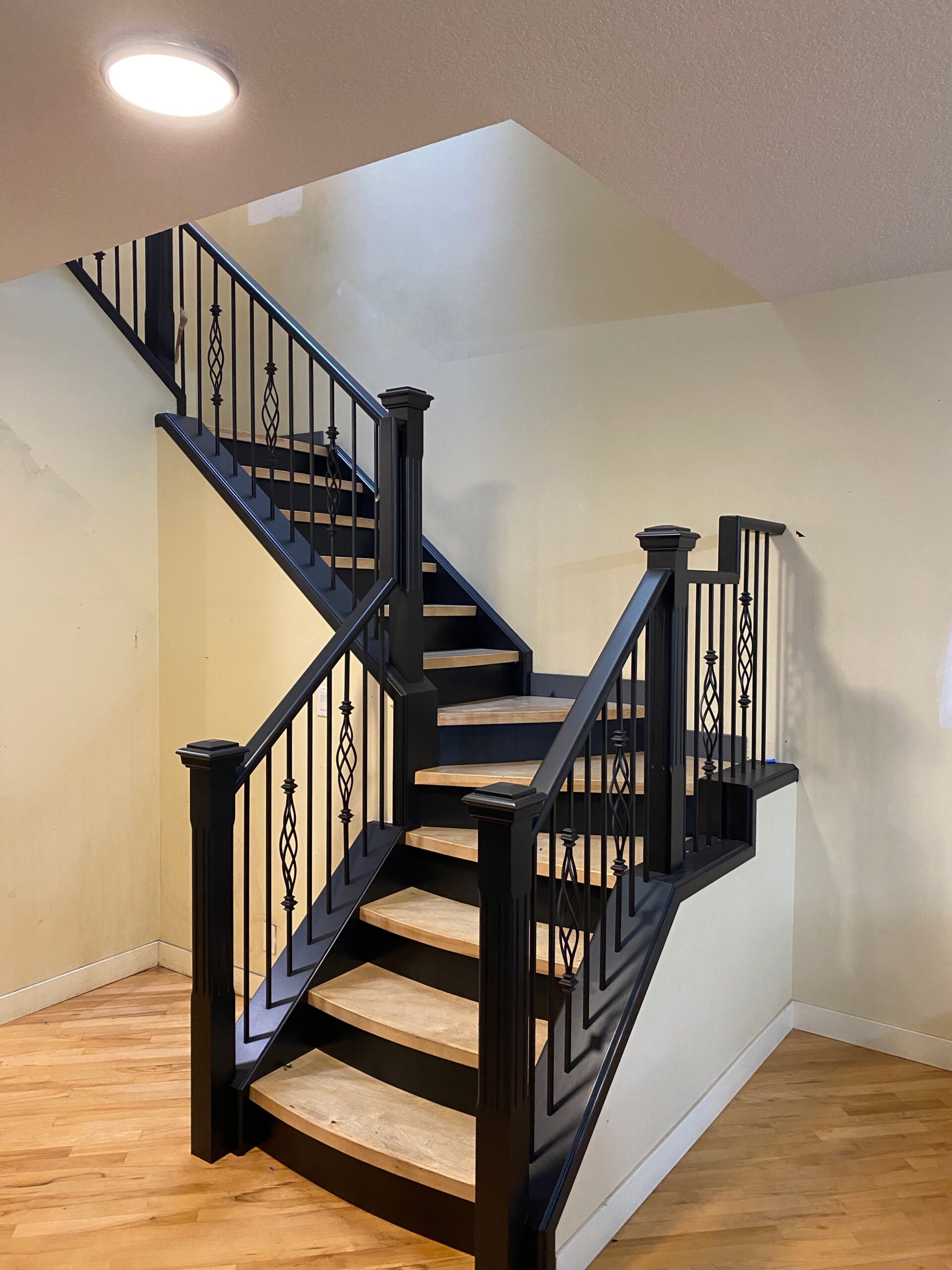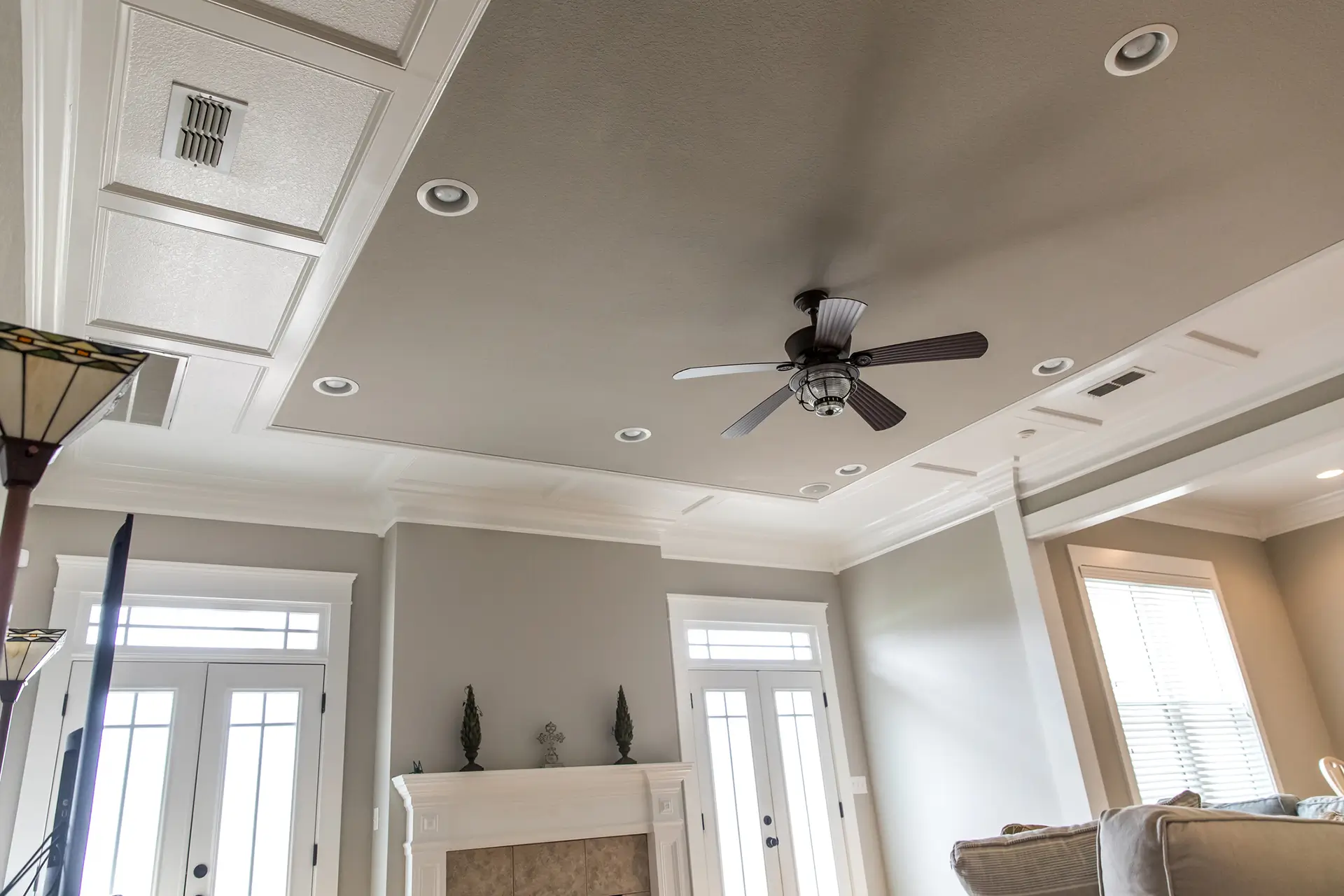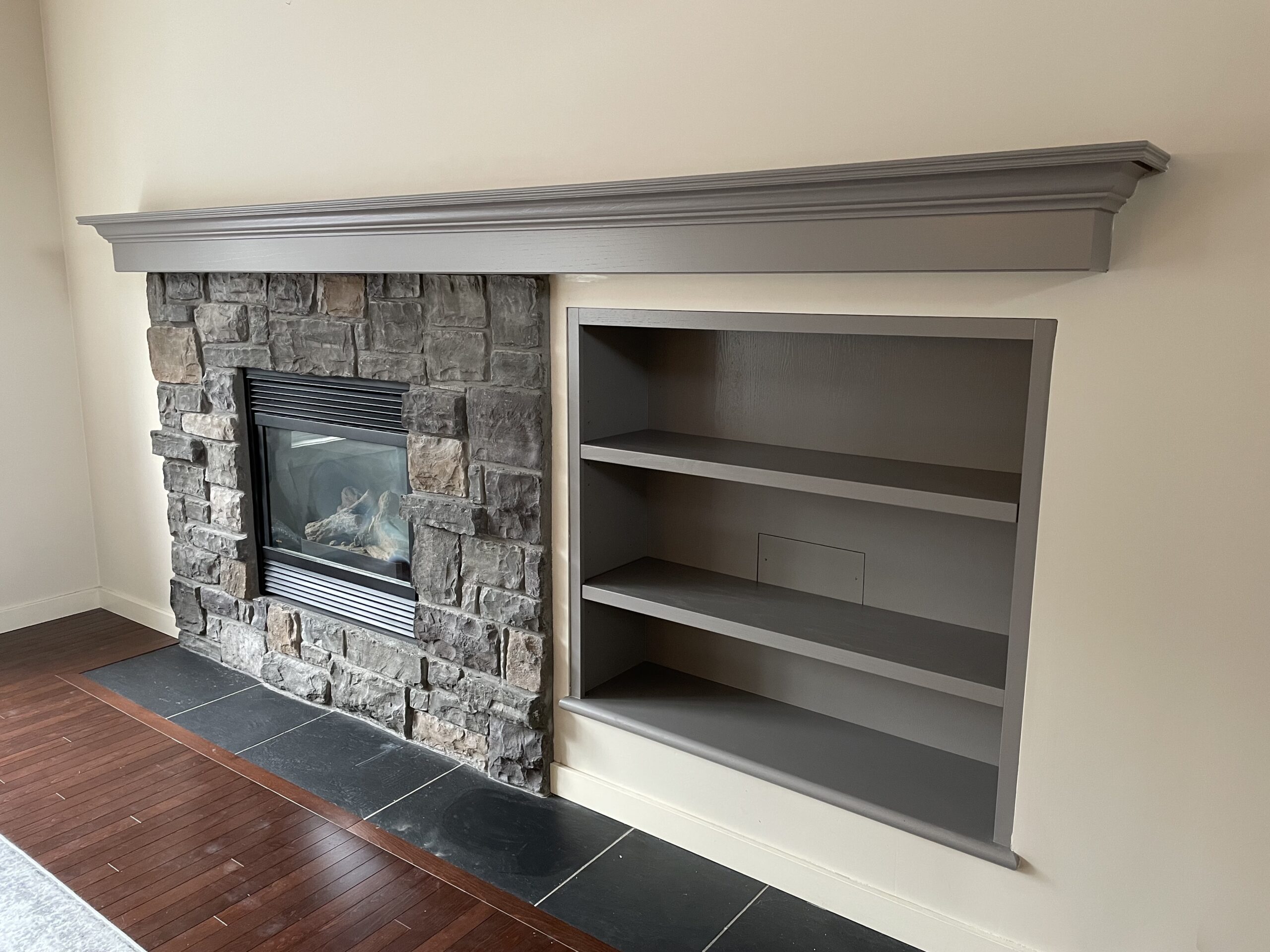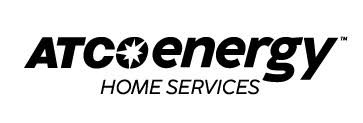Most homeowners assume the riskiest factor in hiring a painter is cost. A low estimate feels like savings; a high estimate feels excessive. Yet, price alone does not determine project success. The true risks emerge months—or even years—after painting when issues like peeling trim, cracking drywall seams, or prematurely faded exterior paint appear.
The root cause is often warning signs that were missed before the job started. The three most critical warning signs that indicate you may have hired the wrong painter are:
-
Subpar or skipped surface preparation.
-
Use of cheap, thinned, or inappropriate paint products.
-
Unprofessional or unsafe practices, including overspray, missing contracts, or insufficient insurance coverage.
Ignoring these warning signs can turn a $5,000 painting project into a $15,000 problem. This guide examines each warning sign in detail, including technical explanations, product-specific references, and actionable advice for homeowners.
Why the Wrong Painter Is a Costly Mistake

A professionally executed paint job, with proper surface preparation and application, should last 7–10 years on exteriors and 8–12 years indoors. Paint applied without adherence to standards often fails in 1–3 years, forcing homeowners to pay for premature repaints.
The consequences of missing warning signs extend beyond immediate repaint costs:
| Potential Cost | Explanation |
|---|---|
| Surface damage | Inadequate prep can cause rotting wood, water intrusion, and cracked drywall |
| Property damage | Overspray can stain windows, siding, landscaping, and even vehicles |
| Voided warranties | Manufacturers will not honor coverage if prep or application guidelines are ignored |
| Time and stress | Poor workmanship results in disputes, delays, and extra project management |
Understanding these costs highlights why recognizing warning signs before hiring is crucial. A painter who overlooks prep, uses substandard paint, or operates unprofessionally is a long-term liability.
Warning Sign #1 – Insufficient or Skipped Surface Preparation
Why Proper Prep Work Matters
Surface preparation is the foundation of paint durability. Regardless of the brand or price, paint cannot perform correctly if applied over poorly prepared surfaces. Standard prep procedures include:
-
Washing to remove dirt, chalk, and mildew
-
Scraping or sanding peeling paint
-
Feather-sanding glossy or uneven areas for proper adhesion
-
Caulking gaps, seams, and joints
-
Priming bare wood, drywall patches, or stained surfaces
Failing to perform these steps leads to adhesion problems, blistering, cracking, and peeling within 12–24 months, particularly in humid or high-moisture environments.
How to Identify This Warning Sign
During estimates, homeowners can spot potential problems by asking specific questions and observing behavior. Key indicators of poor prep include:
-
Estimates that only mention “paint exterior” without specifying prep steps
-
Statements such as “Primer isn’t required” or “The paint has built-in primer” without evaluating surface conditions
-
Unrealistic timelines that make thorough prep impossible
-
Crews beginning work immediately without visible cleaning, sanding, or masking
Product-Specific Guidance
Professional painters rely on high-quality products to ensure proper prep:
| Product | Purpose |
|---|---|
| Zinsser Cover-Stain Primer | Oil-based primer for bare wood, tannin-rich surfaces, and stains |
| Sherwin-Williams Multi-Purpose Primer | Adhesion primer for drywall, masonry, and pre-painted surfaces |
| Sashco Big Stretch Caulk | Flexible sealant for expanding and contracting joints |
| Festool Orbital Sanders w/ HEPA Vacuums | Dust-free sanding for smooth adhesion |
Avoiding discussion of these products or prep steps is a major warning sign that your painter may skip critical procedures.
Warning Sign #2 – Cheap, Thinned, or Inappropriate Paint
How Paint Quality Impacts Results

Paint quality is defined by its chemistry—the proportion of resins, binders, and pigments. Low-quality paint contains fewer solids, resulting in:
-
Reduced coverage per gallon
-
Faster fading under UV exposure
-
Increased susceptibility to chipping and peeling
-
Poor resistance to scrubbing
Excessive thinning with water or solvent weakens adhesion and can lead to streaking, uneven coverage, and early failure. Homeowners often overlook this warning sign until visible defects appear.
Identifying This Warning Sign
Red flags include:
-
A bid substantially lower than industry averages
-
Claims that a single coat is sufficient, regardless of surface condition
-
Refusal to specify paint brand, line, or product details
-
Paint delivered in unmarked or generic containers
Product Comparison: Premium vs. Budget Paint
| Feature | Premium Paint (Benjamin Moore Aura, Sherwin-Williams Duration) | Cheap/Thinned Paint |
|---|---|---|
| Coverage | 250–400 sq. ft./gal | 150–250 sq. ft./gal |
| Durability | 8–12 years | 2–4 years |
| Fade Resistance | High UV protection | Low—fades quickly |
| Scrub Resistance | Excellent—can withstand repeated cleaning | Poor—wears after a few scrubs |
A painter unwilling to provide this information in writing signals a critical warning sign. Proper product selection ensures color longevity, durability, and adherence to warranty requirements.
Warning Sign #3 – Unprofessional or Unsafe Practices
Overspray and Worksite Control
Overspray—paint on unintended surfaces—is a clear warning sign of poor technique. Causes include:
-
Incorrect spray tips or pressure
-
Skipping masking procedures
-
Spraying in uncontrolled conditions
Professional painters use masking tape, drop cloths, and protective sheeting to prevent overspray. Lack of these precautions is a warning sign of sloppy workmanship.
Missing Contracts and Documentation
A missing or vague contract is a serious warning sign. Without a written scope of work, homeowners cannot enforce:
-
Proper prep
-
Correct paint application
-
Warranty compliance
Contracts should specify prep steps, primer, paint brand/line, number of coats, labor, cleanup, and warranty terms.
Insurance and Licensing Gaps
Hiring an uninsured painter exposes homeowners to legal and financial liability. Lack of liability insurance or workers’ compensation is a major warning sign. Accidents on-site can result in lawsuits costing tens of thousands.
Homeowner Best Practices
To address this warning sign:
-
Require a detailed written contract
-
Verify liability and workers’ comp insurance before work begins
-
Ensure proper masking and site protection measures are implemented
Absence of these measures represents one of the most critical warning signs homeowners can observe.
How to Protect Yourself as a Homeowner

Questions to Ask Before Hiring
-
“What specific prep steps will you follow?”
-
“Which paint line and number of coats do you recommend?”
-
“Do you carry liability and workers’ comp insurance?”
-
“Can you provide references or project photos?”
Warning Sign Checklist
-
Vague or missing prep procedures
-
Unspecified paint brand or number of coats
-
Significantly lower-than-average quotes
-
No written contract or insurance proof
-
Signs of unprofessional work or lack of masking
Even one of these warning signs is cause for caution; multiple indicators should prompt reconsideration of the contractor.
People Also Ask
Q: How can I tell if my painter used cheap paint?
Compare brand, line, and coverage rates; low-quality paint typically provides 150–250 sq. ft./gal coverage.
Q: Is one coat of paint ever enough?
Rarely. Only possible when repainting the same color on a perfectly prepped surface with premium paint.
Q: What should a painter’s estimate include?
Prep details, primer, paint brand/line, number of coats, labor, cleanup, and warranty.
Q: Why is overspray a concern?
It indicates poor technique, risks property damage, and signals unprofessionalism.
Q: What happens if paint is thinned too much?
Excessive thinning reduces adhesion, causes streaking, and accelerates peeling.
Recognize Warning Signs Before It’s Too Late
Ignoring warning signs can cost thousands in repairs, wasted time, and stress. The three most critical warning signs are:
-
Skipped or inadequate surface preparation
-
Cheap, thinned, or improper paint products
-
Unprofessional or unsafe work practices
Homeowners should hire based on process, product quality, and professionalism, not price alone. Recognizing these warning signs ensures a durable, high-quality paint job that protects property value and reduces long-term costs.

